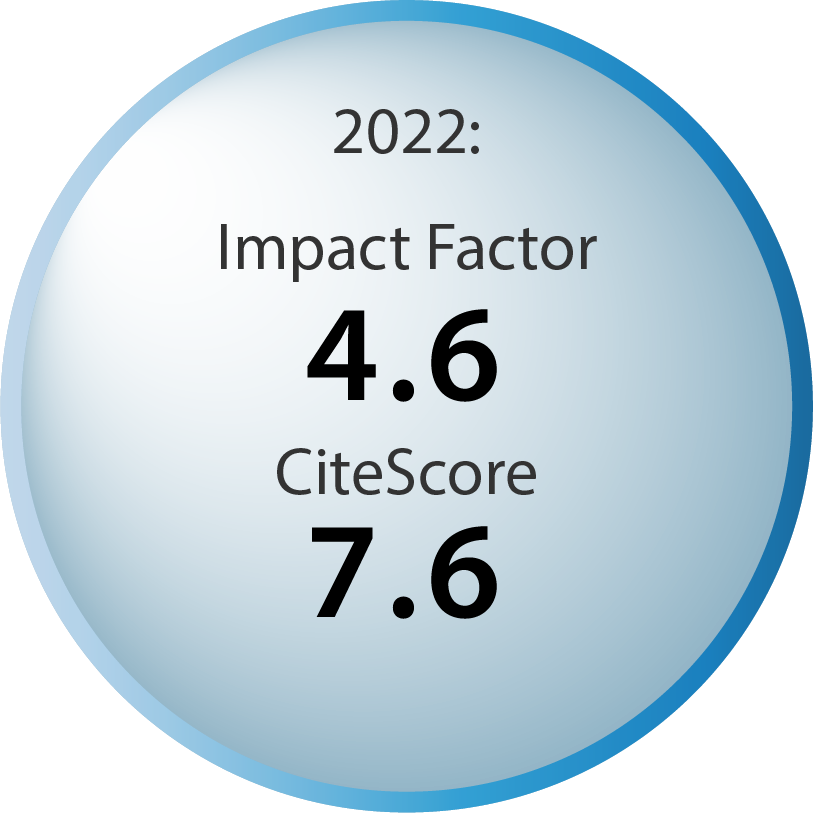Research Articles:
Microbial Cell, Vol. 12, No. 1, pp. 119 - 131; doi: 10.15698/mic2025.05.850
An adenine model of inborn metabolism errors alters TDP-43 aggregation and reduces its toxicity in yeast revealing insights into protein misfolding diseases
Department of Pharmacology, University of Nevada, Reno, United States of America.
Keywords: yeast, TDP-43, liquid-like droplets, metabolite-based amyloids, FRAP, metabolism disorders, ALS.
Received originally: 16/10/2024 Received in revised form: 16/04/2025
Accepted: 24/04/2025
Published: 22/05/2025
Correspondence:
Susan W. Liebman, Department of Pharmacology, University of Nevada, 1664 N Virginia; Mail stop 318, Reno, NV 89557; Office: 775-682-7338; Lab: 775-327-2251; FAX: 775-784-1419; sliebman@unr.edu
Conflict of interest statement: The authors declare no conflict of interest.
Please cite this article as: Sangeun Park, Sei-Kyoung Park, Peter Blair and Susan W. Liebman (2025). An adenine model of inborn metabolism errors alters TDP-43 aggregation and reduces its toxicity in yeast revealing insights into protein misfolding diseases. Microbial Cell 12: 119-131. doi: 10.15698/mic2025.05.850
Abstract
TDP-43 is linked to human diseases such as amyotrophic lateral sclerosis (ALS) and frontotemporal degeneration (FTD). Expression of TDP-43 in yeast is known to be toxic, cause cells to elongate, form liquid-like aggregates, and inhibit autophagy and TOROID formation. Here, we used the apt1∆ aah1∆ yeast model of inborn errors of metabolism, previously shown to lead to intracellular adenine accumulation and adenine amyloid-like fiber formation, to explore interactions with TDP-43. Results show that the double deletion shifts the TDP-43 aggregates from liquid-like droplets toward a more amyloid-like state. At the same time the deletions reduce TDP-43’s effects on toxicity, cell morphology, autophagy, and TOROID formation without affecting the level of TDP-43. This suggests that the liquid-like droplets rather than amyloid-like TDP-43 aggregates are responsible for the deleterious effects in yeast. How the apt1∆ aah1∆ deletions alter TDP-43 aggregate formation is not clear. Possibly, it results from adenine and TDP-43 fiber interactions as seen for other heterologous fibers. This work offers new insights into the potential interactions between metabolite-based amyloids and pathological protein aggregates, with broad implications for understanding protein misfolding diseases.
For full text please see the pdf.
SUPPLEMENTAL INFORMATION
![]() Download Supplemental Information
Download Supplemental Information
ACKNOWLEDGMENTS
We thank Robbie Joséph Loewith, Daniel J. Klionsky, Aaron Gitler, Susan Lindquist, Martin Kupiac, Dana Laor, and Ehud Gazit for the gifts of plasmids and strains, and Irina Der-katch for helpful suggestions. This work was funded by a National Institutes of Health MIRA grant (1R35GM136229-04) awarded to S.W.L. and was made possible by a grant from the National Institute of General Medical Sciences (P20GM130459) from the National Institutes of Health.
COPYRIGHT
© 2025

An adenine model of inborn metabolism errors alters TDP-43 aggregation and reduces its toxicity in yeast revealing insights into protein misfolding diseases by Park et al. is licensed under a Creative Commons Attribution 4.0 International License.









